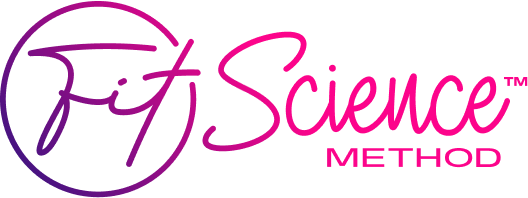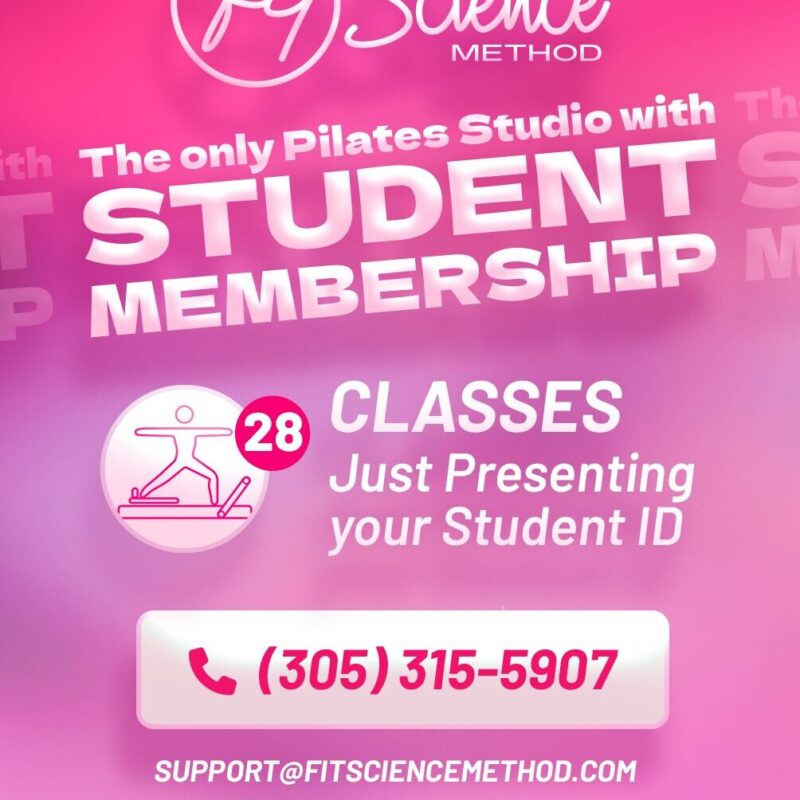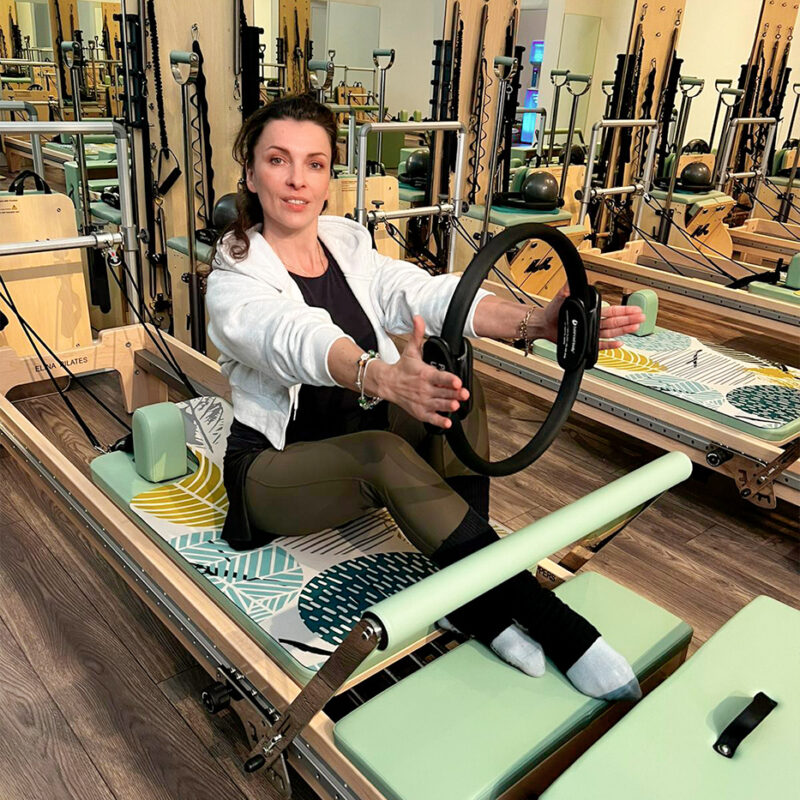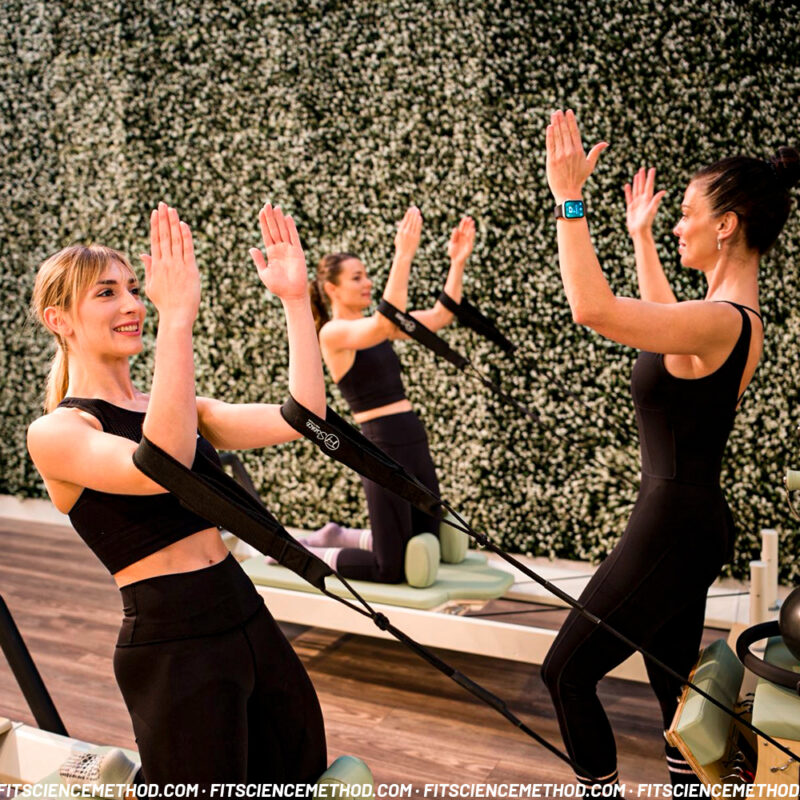When it comes to fitness, everyone seems to have an opinion. You’ve probably heard advice from friends, family, and even social media influencers claiming to have the secret to achieving the perfect body. But not all advice is created equal.
In fact, some of the most popular fitness tips are based on myths that can actually hinder your progress. Let’s dive into the most common fitness myths and set the record straight so you can stop wasting time and start seeing real results.
Myth 1: “No Pain, No Gain”
Busted: The idea that you need to push yourself to the point of pain to see progress is not only false but dangerous. While it’s normal to feel some discomfort when challenging your muscles, sharp or persistent pain is your body’s way of telling you something’s wrong. Overtraining can lead to injuries, burnout, and setbacks in your fitness journey. Instead, focus on listening to your body. Challenge yourself, but always prioritize proper form and recovery to build strength and avoid injury.
American Council on Exercise (ACE) explains the importance of recognizing pain as a signal of potential injury rather than progress. [1]
Myth 2: “Cardio is the Only Way to Lose Weight”
Busted: While cardio is a great way to burn calories, relying solely on it to lose weight is a common mistake. Strength training is just as important, if not more so, for weight loss. Building muscle increases your resting metabolic rate, meaning you burn more calories even when you’re not working out. A balanced fitness routine that includes both cardio and strength training is the most effective way to shed pounds and keep them off.
Harvard Health Publishing discusses the role of strength training in weight loss and the misconception that cardio alone is enough. [2]
Myth 3: “Spot Reduction Works”
Busted: The idea that you can lose fat from a specific area of your body by targeting it with exercises—like doing endless crunches to get rid of belly fat—is one of the most persistent fitness myths. Unfortunately, spot reduction is not possible. When you lose weight, your body decides where the fat comes off. To reduce fat in specific areas, focus on overall fat loss through a combination of a healthy diet, cardio, and strength training.
The National Institute of Health (NIH) debunks the myth of spot reduction and emphasizes overall fat loss for targeting problem areas. [3]
Myth 4: “You Need to Work Out Every Day to See Results”
Mayo Clinic advocates for the importance of rest and recovery to prevent overtraining and improve long-term results. [4]
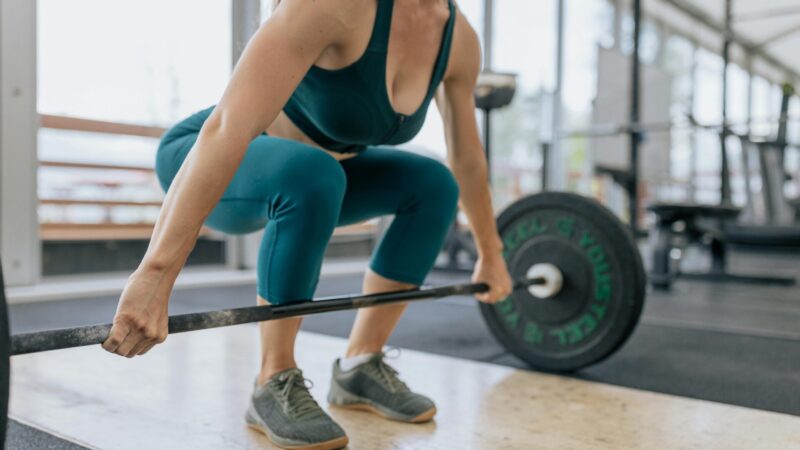
Myth 5: “Women Will Get Bulky from Lifting Weights”
Cleveland Clinic explains why women are unlikely to bulk up from strength training due to hormonal differences. [5]
Myth 6: “You Can Eat Whatever You Want If You Exercise”
Busted: Exercise is just one part of the equation when it comes to achieving your fitness goals. A poor diet can easily sabotage your hard work in the gym. While it’s true that working out burns calories, consuming too many unhealthy foods can lead to weight gain and hinder your progress. For optimal results, focus on a balanced diet rich in whole foods, lean proteins, healthy fats, and plenty of fruits and vegetables. Remember, you can’t out-exercise a bad diet.
Johns Hopkins Medicine emphasizes that diet is equally important as exercise in weight management and overall health. [6]
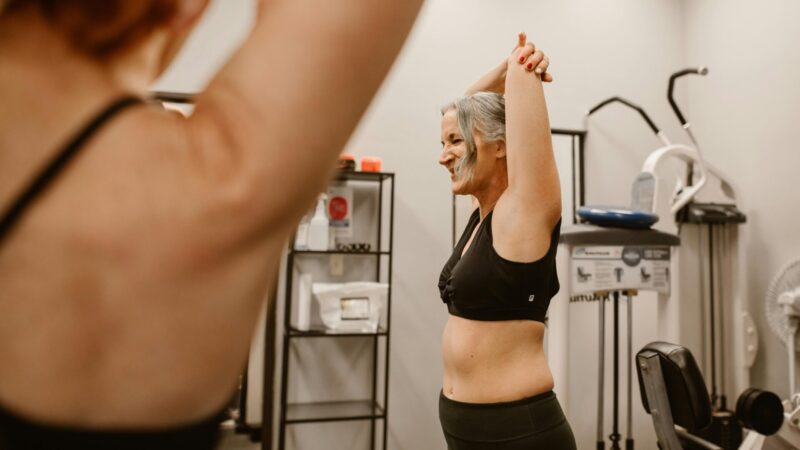
Myth 7: “Stretching Before Exercise Prevents Injuries”
Harvard Health Publishing discusses the benefits of dynamic stretching over static stretching to prepare muscles for activity. [7]
Myth 8: “You Should Stick to the Same Workout Routine”
American College of Sports Medicine (ACSM) recommends varying your routine to prevent plateaus and enhance overall fitness. [8]

Myth 9: “Sweating Means You’re Burning More Calories”
The National Institute of Health explains that sweating is related to body temperature regulation, not calorie burn. [9]
Myth 10: “You Need Expensive Supplements to See Results”
Busted: While supplements aren’t a magic solution, they can play a helpful role in your fitness journey. The key is understanding that they should complement, not replace, a balanced diet. Whole foods should be your primary source of nutrients, but supplements can help fill specific gaps or support your goals when needed. Rather than viewing them as essential, think of them as valuable tools to enhance your nutrition and results when used wisely alongside healthy eating.
The U.S. Food and Drug Administration (FDA) warns that many supplements are unnecessary if you have a balanced diet. [10]
Don’t let these common fitness myths derail your progress. By understanding the facts and focusing on a balanced, informed approach to fitness, you can achieve your goals more effectively.
Remember, there’s no one-size-fits-all solution in fitness, so listen to your body, stay consistent, and keep learning along the way. The key to success is debunking these myths and building a routine that works for you.
Ready to take your fitness journey to the next level? Join us and discover how our expert team can help you achieve real, lasting results.
ИЩИТЕ НАС В INTRACOASTAL MALL
3501 NE 163rd ST · NORTH MIAMI BEACH, FL 33160
[1] https://www.acefitness.org/education-and-resources/lifestyle/blog/6360/no-pain-no-gain-myth-or-reality/
[2] https://www.health.harvard.edu/staying-healthy/strength-training-builds-more-than-muscles
[3] https://pubmed.ncbi.nlm.nih.gov/16826026/
[4] https://www.mayoclinic.org/healthy-lifestyle/fitness/expert-answers/overtraining/faq-20057950
[5] https://health.clevelandclinic.org/the-biggest-myth-about-weight-lifting-for-women/
[6] https://www.hopkinsmedicine.org/news/stories/weight_loss_myths.html
[7] https://www.health.harvard.edu/staying-healthy/the-importance-of-stretching
[8] https://www.acsm.org/blog-detail/acsm-certified-blog/2021/09/27/the-pros-and-cons-of-routine-in-your-exercise-program
[9] https://medlineplus.gov/ency/patientinstructions/000855.htm
[10] https://www.fda.gov/consumers/consumer-updates/making-sense-dietary-supplements
Dive into transformative classes and rejuvenating therapies.
Explore wellness anew!

Пилатес на Реформерах
Pilates can help them tap into their feminine energy cycle, creating a sense of holistic well-being that permeates all areas of our lives.
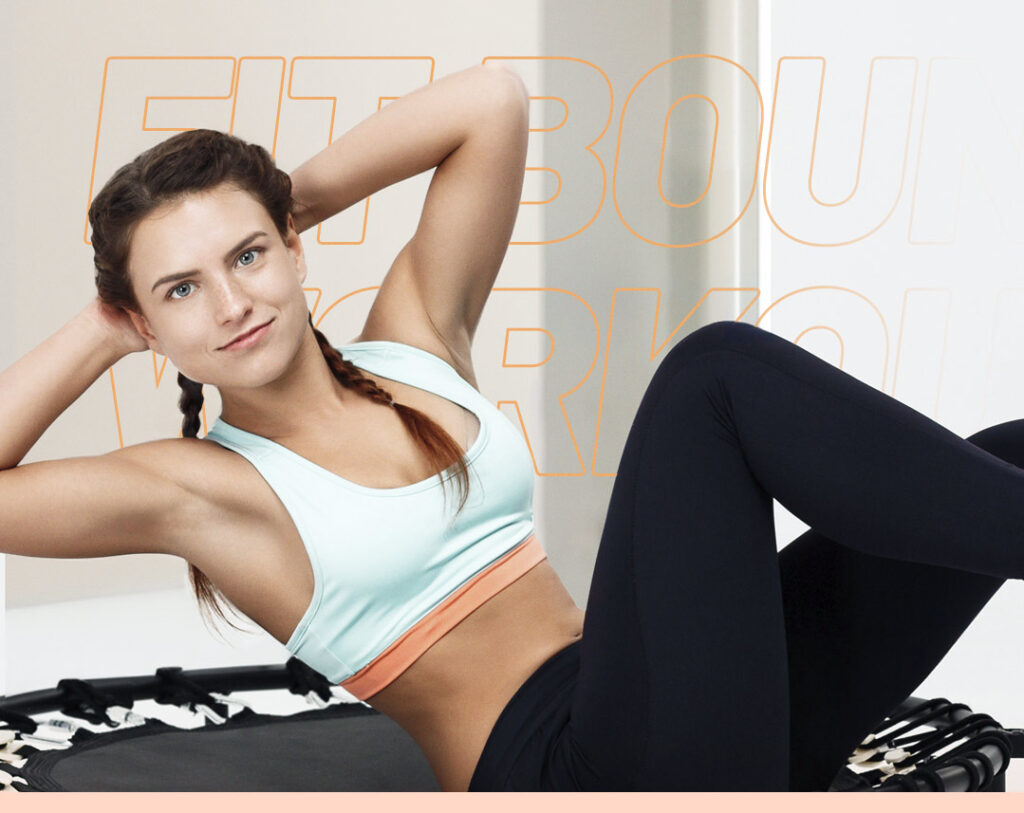
FITBOUNCE
Not only does jumping on a mini trampoline provide a great cardio workout, but it also has numerous benefits for our health.

Whole body Cryotherapy
You can take Cryo body sculpting sessions using the best Cryo Therapy Equipement and professionals at your service so you can achieve the results you want at the pace you want.

WHOLE BODY Red Light Therapy
Unlock radiant well-being with Red Light Therapy! Experience sessions using cutting-edge equipment and expert guidance for optimal results. Rejuvenate with us!
